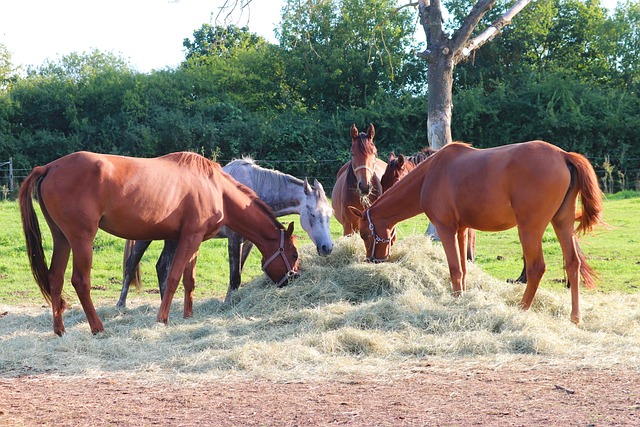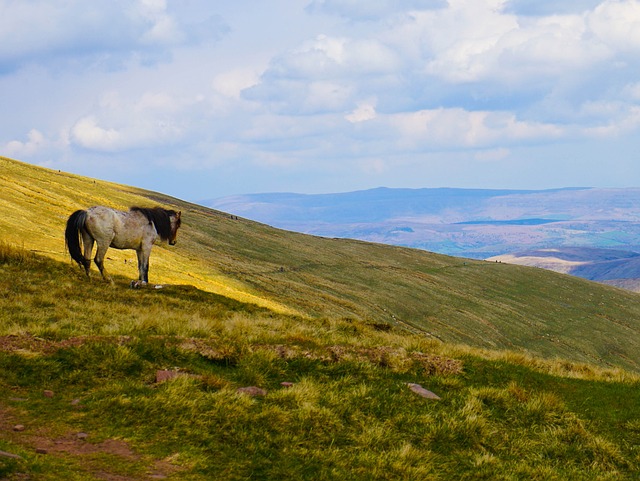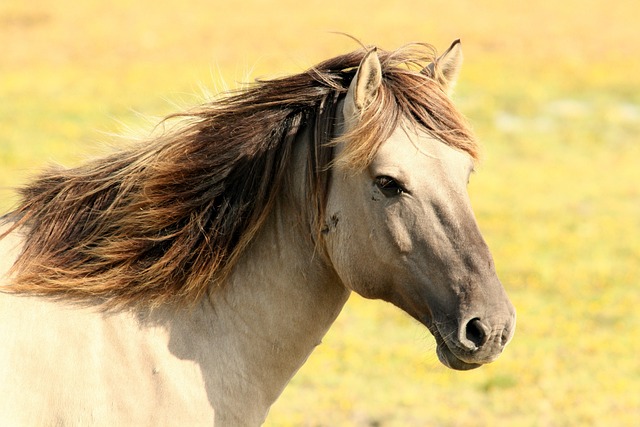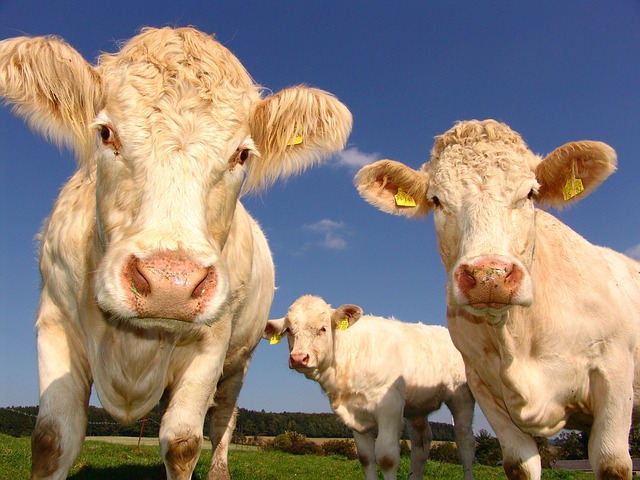
Horse Nutrition 101: Understanding the Basics
April 17, 2023
Can horses eat bananas?
April 24, 2023In ancient times, it was primarily used as a means of transportation and warfare, but over time it has evolved into a popular sport and leisure activity. The evolution of horse riding is a fascinating story, with many different riding styles and disciplines emerging throughout history.
Ancient Times
Horses were first domesticated around 4000 BC, and it didn’t take long for humans to realize the potential of these powerful animals. In ancient times, horses were used primarily as a means of transportation and warfare. Horseback riding was a crucial skill for soldiers, allowing them to cover great distances quickly and to engage in battle from a higher vantage point.
The Greeks and Romans were particularly fond of horses, and horse racing was a popular sport in both cultures. The Romans also developed the concept of chariot racing, which involved two-wheeled chariots pulled by horses.
Medieval Times
During the Middle Ages, horseback riding continued to be an important skill for soldiers. The development of stirrups made it easier for riders to stay on their horses, and the use of saddles made riding more comfortable. Knights in particular were known for their equestrian skills, and jousting tournaments became a popular form of entertainment.
Riding for pleasure also became more common during the Middle Ages, with nobles and wealthy landowners taking up hunting and other equestrian pursuits.
Renaissance and Enlightenment
During the Renaissance and Enlightenment periods, horses became a symbol of wealth and status. Equestrian art and literature flourished, and the concept of the “noble steed” became a romantic ideal.
In the 17th and 18th centuries, horse racing became more organized, with the establishment of race tracks and the development of breeds specifically for racing. The Thoroughbred breed was developed in England during this time, and it quickly became the dominant breed for horse racing.
19th Century
The 19th century saw the development of new riding styles and disciplines. Dressage, which emphasizes the horse’s obedience and willingness to perform, became popular in Europe, while in America the Western riding style emerged, which was developed for working cattle.
Horse racing continued to be a popular sport, with the establishment of the Triple Crown in the United States and the development of steeplechase racing, which involves jumping over obstacles.
20th Century
In the 20th century, horseback riding became more accessible to the general public, with riding schools and clubs popping up around the world. The Olympic Games also began including equestrian events in 1912, which helped to popularize horseback riding as a sport.
New disciplines and styles also emerged during this time, including eventing, which combines dressage, show jumping, and cross-country jumping, and polo, a team sport that involves hitting a ball with a mallet while riding a horse.
Modern Day
Today, horseback riding is a popular sport and leisure activity around the world. There are numerous riding styles and disciplines to choose from, including dressage, show jumping, eventing, Western riding, polo, and more.
Horses continue to play an important role in various cultures around the world. In some societies, horses are still used for transportation and work, while in others they are valued primarily for their beauty and athleticism.
In addition to traditional equestrian pursuits, horses also play a significant role in modern-day sports and competitions. Horse racing remains a popular sport, with events like the Kentucky Derby drawing huge crowds every year. The sport of rodeo, which includes events like bull riding and barrel racing, is also popular in certain regions of the world.
Conclusion
The evolution of horseback riding is a fascinating story that spans thousands of years and encompasses a wide range of cultures and traditions. From its origins as a means of transportation and warfare to its evolution as a popular sport and leisure activity, horseback riding has played an important role in human history. Today, there are countless opportunities to experience the joy of horseback riding, whether you’re a beginner taking your first lesson or a seasoned rider competing at the highest levels. Whatever your interest or skill level, the world of horseback riding offers a rich and rewarding experience that is sure to inspire and captivate you.




